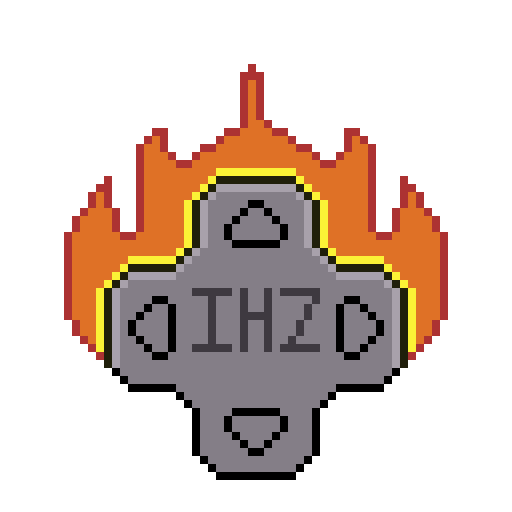Sometimes, you gotta take a break and play a video game with a loved one. Then sometimes, you gotta turn that good time into Content(TM) because the grind never stops.
Across the Obelisk is a turn-based deckbuilder by Dreamsite Games and published by Paradox Interactive. Four assorted heroes travel across the land of Senenthia to look for a missing princess, who disappeared around a completely normal obelisk that happens to be corrupting the land. Or maybe they’ll already be in the void within the obelisk to fight guys. Anything goes, really.
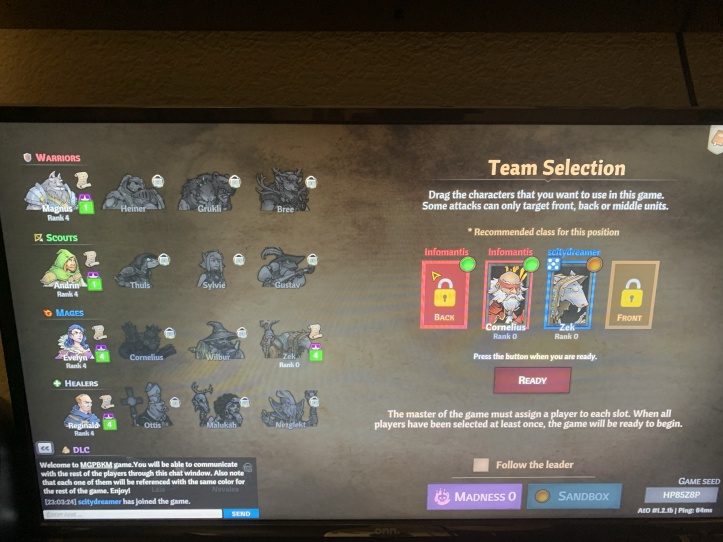
You have an assortment of characters to choose from based within four archetypes, and each character’s got their own deck to build. Characters within archetypes have some card overlap with each other, but characters specialize in specific fields, like Cornelius having a stronger affinity with fire cards and having unique cards that further synergizes with them.
Four different types of decks to manage within one campaign that can take a few hours might seem like a lot. In fact, I kinda feel overwhelmed playing the game by myself. But that’s where the main selling point of Across the Obelisk comes in: this is a co-op game. Get on a server with a friend and they get full control of one or two characters. A notable thing is that any progress you make with friends carries on to your offline games, so maybe if you have trouble unlocking a character, you can team up with a friend that’s more built up in the metagame and get that cleared up in an online session.
But enough talking about setup, we have an adventure to go on! You navigate the world of Across the Obelisk on a map of nodes. For the most part, events are fixed, so you can learn what to do and where to go on repeat playthroughs. The start of every act except the last one gives you a town where you spend money and shards to improve your deck and buy equipment to synergize with your play.
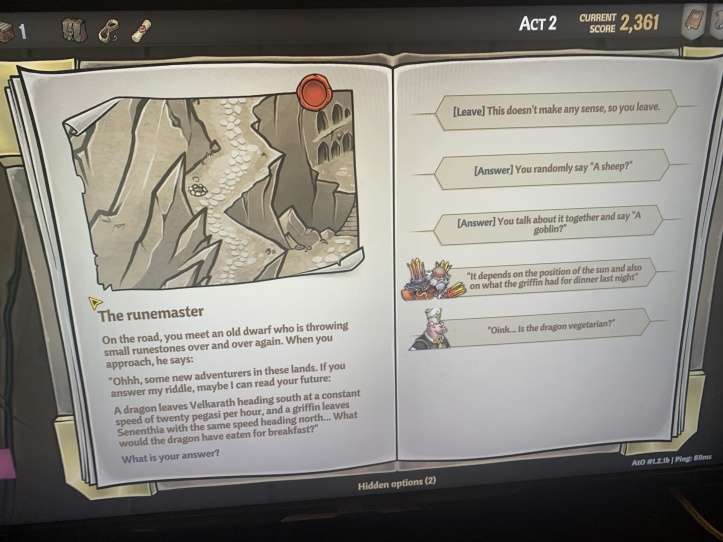
Going to non-combat nodes provides choices, sometimes based on “dice rolls”’ decided by everyone in the party drawing cards. Sometimes there are quest opportunities to unlock another character or there are more involved encounters that promise rewards. It’s also where another fun aspect of the playable characters come in.
If you have certain characters in the party, you’ll find alternative solutions. Healer characters will sometimes try to resolve a problem with their healing arts. Magnus provides his own solutions when it comes to things dealing with The Wolf War (TM) while Cornelius provides insight on cult activities and will offer to burn things when the situation presents itself. I like moments like these because besides giving definition to the playable cast, I think it helps create a tabletop game feeling for Across the Obelisk. It’s like players are reacting to whatever the DM has cooked up with their own character beats and “rolling” for success. I honestly don’t care for the main story, but I like the smaller beats, especially when the characters get to act like characters.
But well, you eventually gotta fight. You play as many cards as you can within an energy cost, though you can choose to bank some of that energy for the next round in hopes of getting more mileage next turn or to save up for something more hard hitting. Enemies play their own cards and you can see their hands with a status ailment, which can help you plan for the turn ahead. Throw up shields on a back line character if you see enemies playing cards striking the back, focus down one that’s showing they’re going to heal, etc.
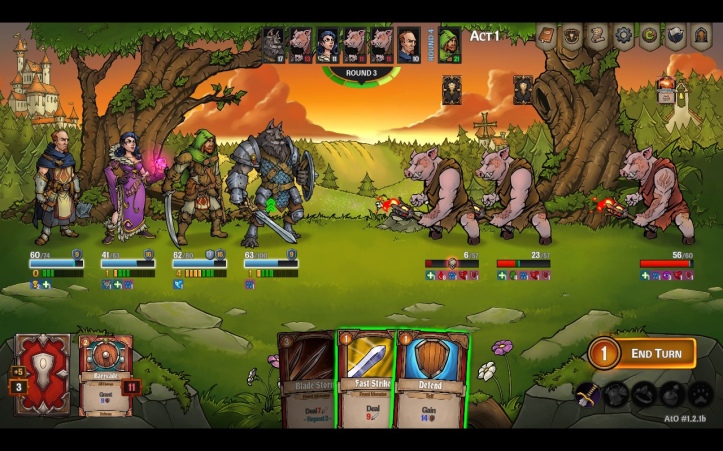
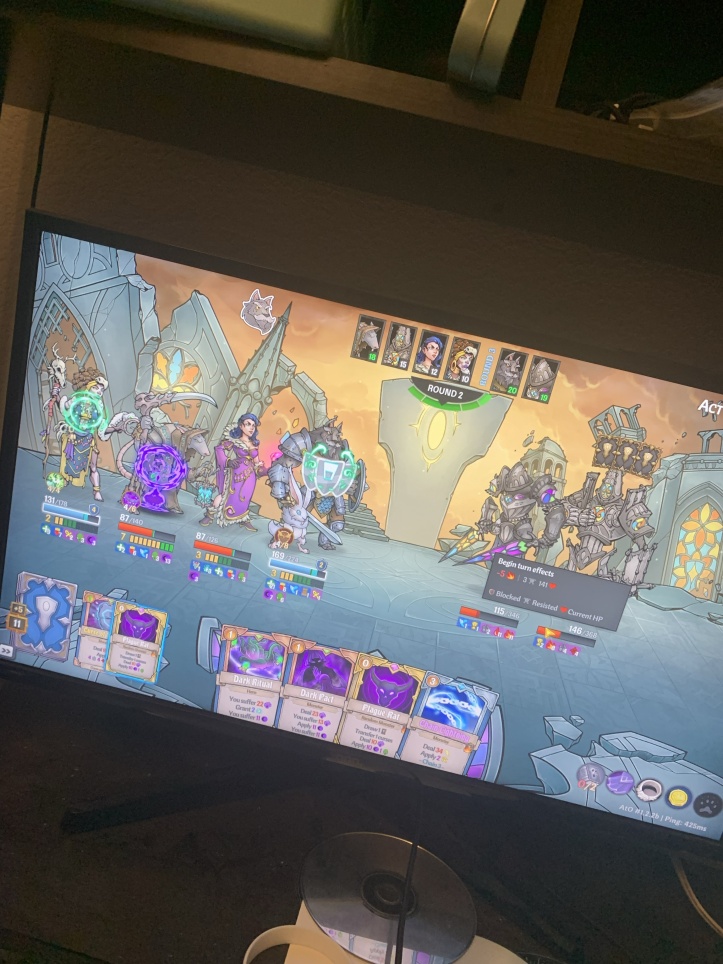
A fun part of combat is how it’s decided by speed. The top of the screen shows the round turn order, so besides just struggling through a fight, you’re struggling to give your slower party members priority. Enemies will speed themselves up while slowing you down with a combination of the slow status effect and ice elemental attacks to weigh you down, and well, it sucks when your tank character is too slow to get up block before enemies can act. Yeah, this seems like a small thing, but I love it when turn-based RPGs show turn order and readily let you manipulate that, it’s such a fun strategic layer.
There’s… kind of a lot of elements to pay attention to. There are attacks of different elements, each with different effects, and of course there’s elemental strengths and weaknesses. There are multiple attack elements to consider to strengthen attacks, which can also synergize with defense debuffs for specific types of attacks, and aughh… I kinda felt overwhelmed playing solo – but that’s why you play with other people to split the burden.
Fighting in multiplayer grants a different kind of dynamic than you would have in a solo game. Hey, here’s a card that lets you scry through your cards and discard some useless ones, hon. Oh, thank you for the healing, I appreciate it. Do you think I should use this burn card right now? It’s a bond strengthening exercise, and god, I just love spending hours in this game with someone. You’re just missing out on some good vibes and playful cooperation if you’re playing Across the Obelisk solo.
Across the Obelisk really doesn’t expect you to win on the first go-around, or even the first few. As such, there’s a meta progression layer of upgrading character stats, like making their block cards block more or increasing damage in a specific field. Perk points are thankfully based on your level and everyone has the same number of points. This means that when you unlock a new character, they’ll immediately have the same points for you to upgrade them to be on-par with everyone else, so you don’t gotta worry about grinding.
Additionally, when starting a new game, you get the unclaimed cash and shards from past attempts, so you can immediately buy up and upgrade stuff so you can just blitz through the first act or so. All in all, these elements show that in spite of how long sessions could be, Across the Obelisk extremely respects your time.
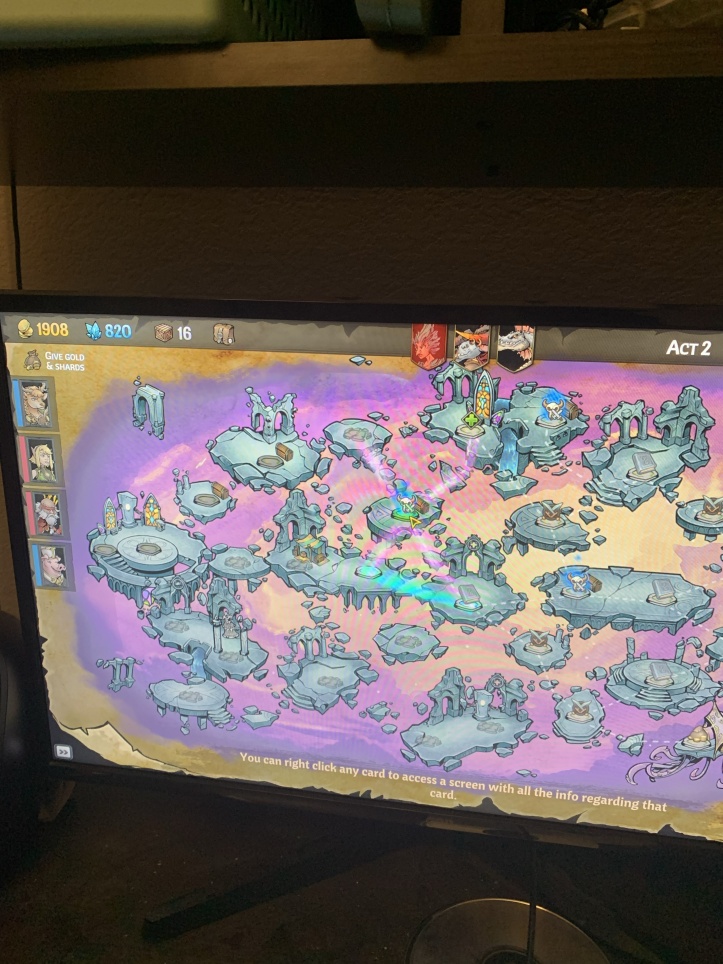
Now, maybe you went into Across the Obelisk expecting way more of a randomized experience. That’s alright, because there’s a separate mode that goes more into being a roguelike. If you want to cut straight to the card action, you can play Obelisk mode, where you can make up any party with the full roster and craft a deck. Alternatively, if you want randomized action but have severe choice paralysis like me, you can do the Weekly Challenge to fight on a level playing field with other players.
You go through gauntlets of battles for the most part, choosing paths with enemy selections correlating to the normal game’s acts. There are minibosses that give guaranteed equipment, and each fight gives the option of taking on a difficulty modifier in exchange for an extra reward. It’s really a mode that goes all in on combat and encourages you to make the most of it.
I’m not sure how to feel about it, to be honest? It’s fun, yeah. I guess I was honestly pulled into the tabletop stylings of the main campaign mode because of the flavor it gives the game. While there are a few common events scattered on the map, they don’t give the same adventure high campaign gives, and it certainly doesn’t help that the bosses of the three randomized acts are also random. Granted, this is a complaint that’s “me” specific, because only a freak like me would complain about narrative in a roguelike.
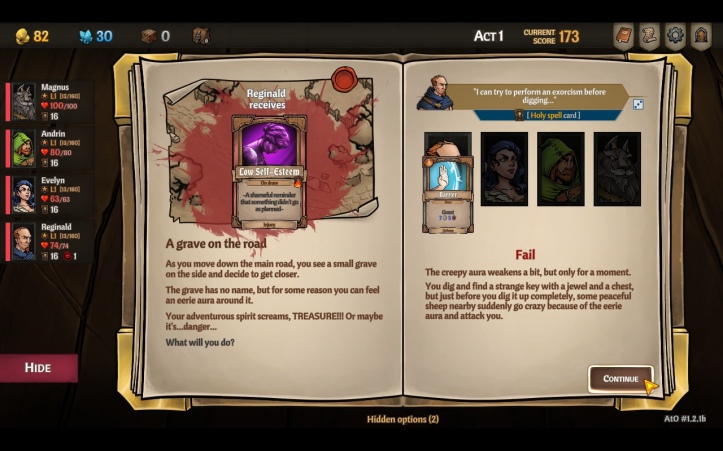
But well, the story’s just one part of a tabletop experience. Really, the main draw of tabletop to me is an excuse to hang out with other people, and damn is Across the Obelisk a good time with other people. Got a friend that’s also pilled on deckbuilding action? Consider getting together for some good co-op fun. If you’re into the genre, I heartily recommend Across the Obelisk.
